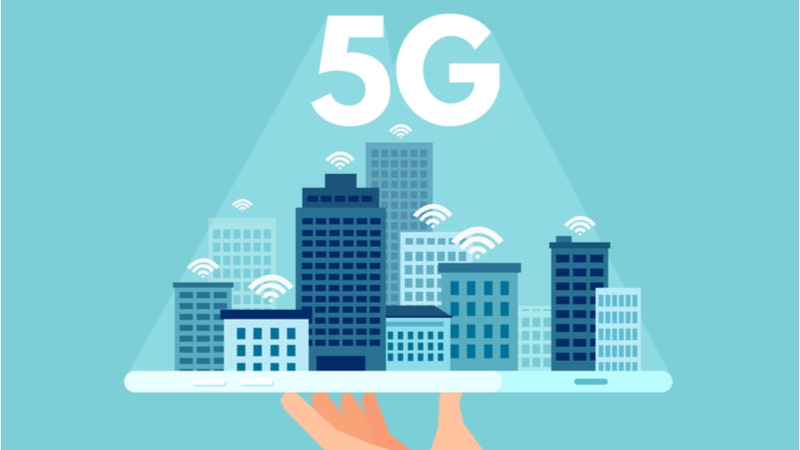
Federal Communications Commission (FCC) Acting Chairwoman Jessica Rosenworcel outlined the future of 5G technologies today and how 5G will help bridge the digital divide, saying the possibilities of the technology extend “far beyond just the smartphone.”
“The reality is that 5G is going to be very different from 4G when we’re able to deploy it at scale. It’s not going to be about your phone,” Rosenworcel said July 16 during an Axios event. “If we do this right, the most interesting things about 5G will have nothing to do with your phone, because we’re going to move from just connecting person to person, to connecting people to things, and things to things in the world around us.”
“We’ll have sensors in different industries and different equipment that will make us more effective and efficient with the things we do on a day-to-day basis, and all of that connectivity is powerful,” she added. “It’s going to be responsible for next-generation machine learning and artificial intelligence and that’s where the real 5G revolution comes. It will be far beyond just the smartphone.”
Rosenworcel said 4G was deployed just at the start of the smartphone, and “we couldn’t have imagined the application economy that grew from that technology.” The deployment of 5G will be similar, according to Rosenworcel, but this time around the focus won’t be on the smartphone going forward.
“I definitely don’t have a crystal ball, but I think it is absolutely clear that downloading movies faster on your phone, it’s only the start,” she said. “It’s when we connect more things in the world around us and grow smarter about how to use those things, but we’re going to see revolutions. And I think it’s exciting, but that future is not quite here yet. I’m looking forward to making it happen.”
Some industries where Rosenworcel predicts the technology will have a profound impact are precision agriculture, manufacturing, and healthcare. She believes the technology will offer clarity and speed to Americans in all aspects of life, greater “than we’ve ever seen before.”
As far as the digital divide, Rosenworcel believes 5G will play a big part in closing it and can serve as a solution for “rural and suburban communities.”
“When it comes to the digital divide, which has been really apparent during this pandemic as modern life moved online, 5G actually can play a role in all of this infrastructure discussion we’re seeing, and that’s because we keep on talking about extending the reach of fiber networks throughout this country,” Rosenworcel said. “Those are the facilities in the ground that connect our wireless towers, and we need to have robust connections to those towers, those on-ground facilities, to make sure our wireless networks can deliver all that 5G has to offer.”
Two years into the rollout of 5G, Rosenworcel said there are already about 50 million consumers who have subscribed. However, she said the FCC is hoping to help speed the deployment of the new technology through the shift to the mid-band spectrum.

A few years ago, the FCC “made a mistake” in investing in millimeter-wave spectrum, according to Rosenworcel. She said those airwaves have a lot of capacity, but their signals don’t travel very far, requiring “lots of ground-based facilities to make those signals viable,” which is “a costly thing to do.”
“If we just relied on millimeter wave spectrum, we’d actually grow the digital divide with 5G,” Rosenworcel said. “The good news is in the last year and the last several months we recognize that we need to pivot from millimeter wave spectrum to mid-band spectrum – that’s the sweet spot. That’s how we’re going to deploy 5G across this country because it has a mix of capacity and propagation that is ideal for this technology.”
